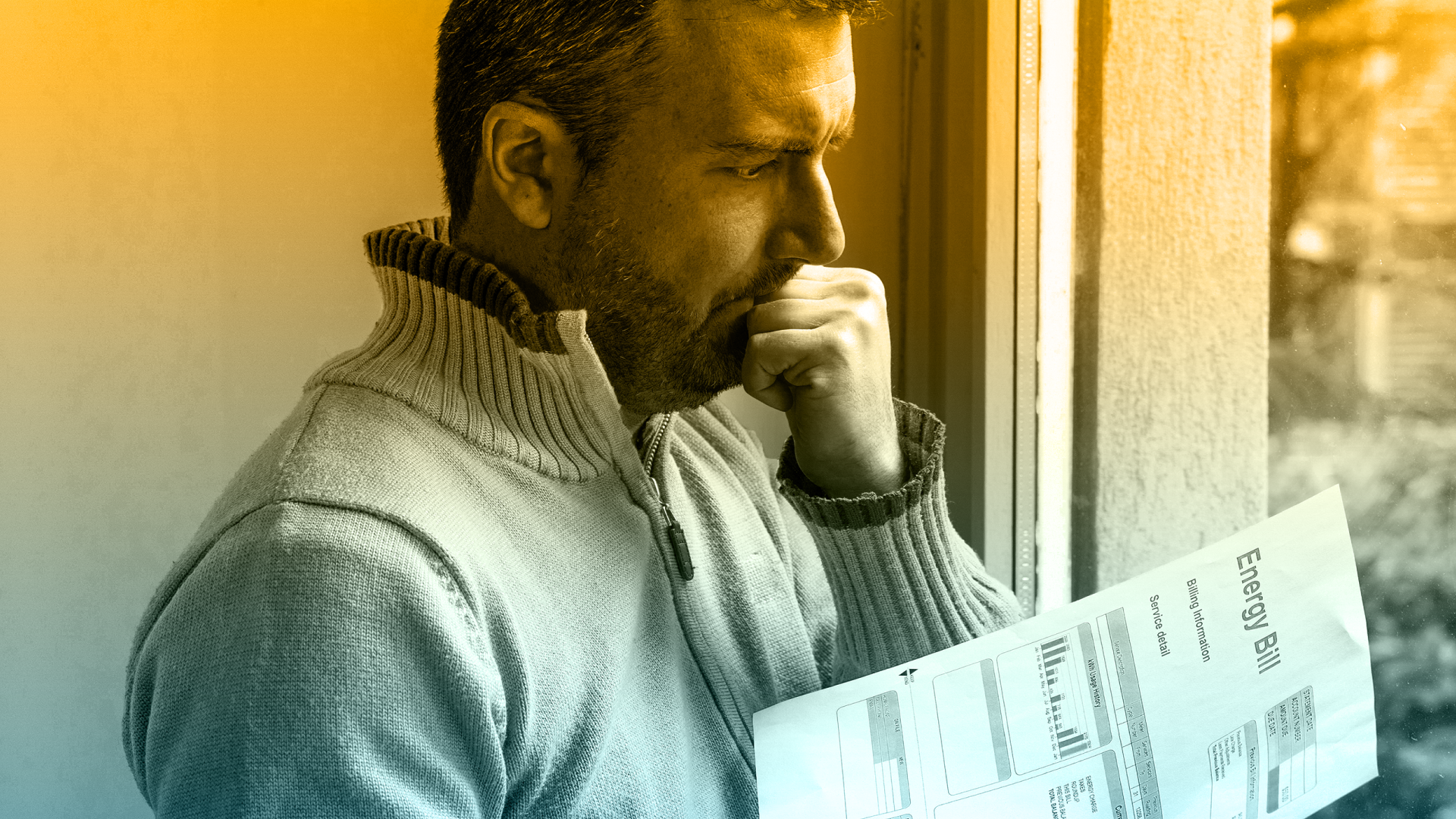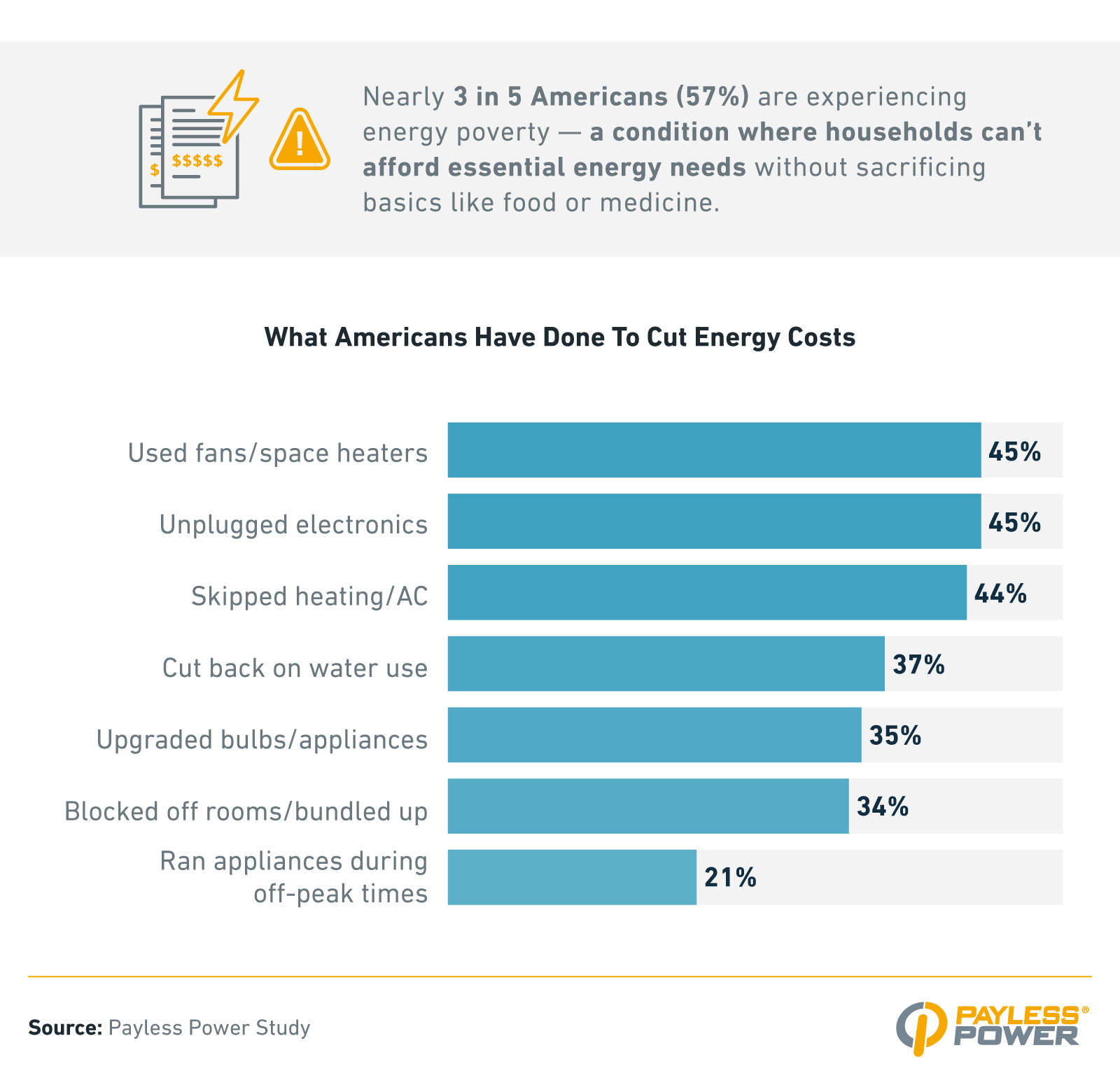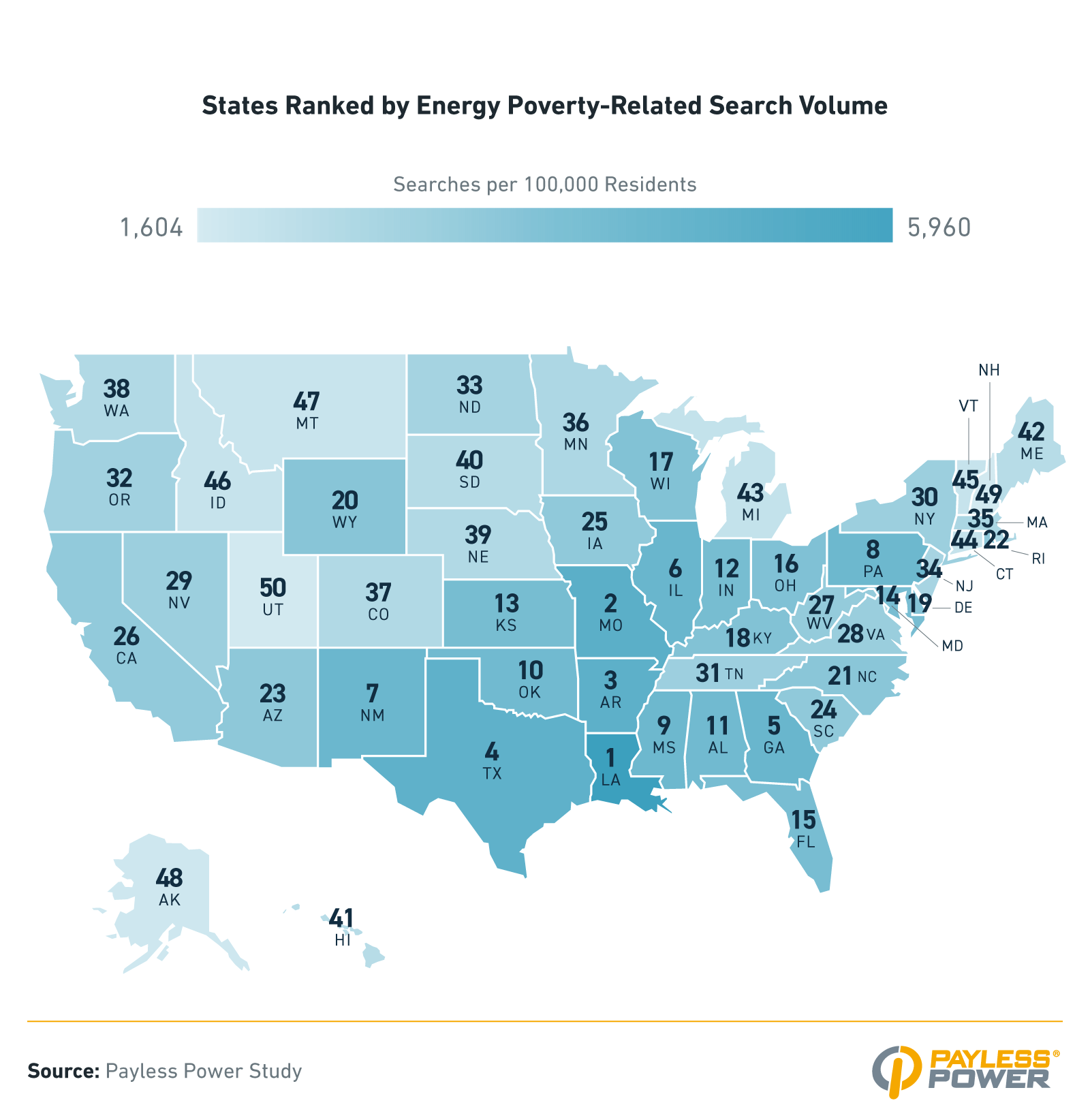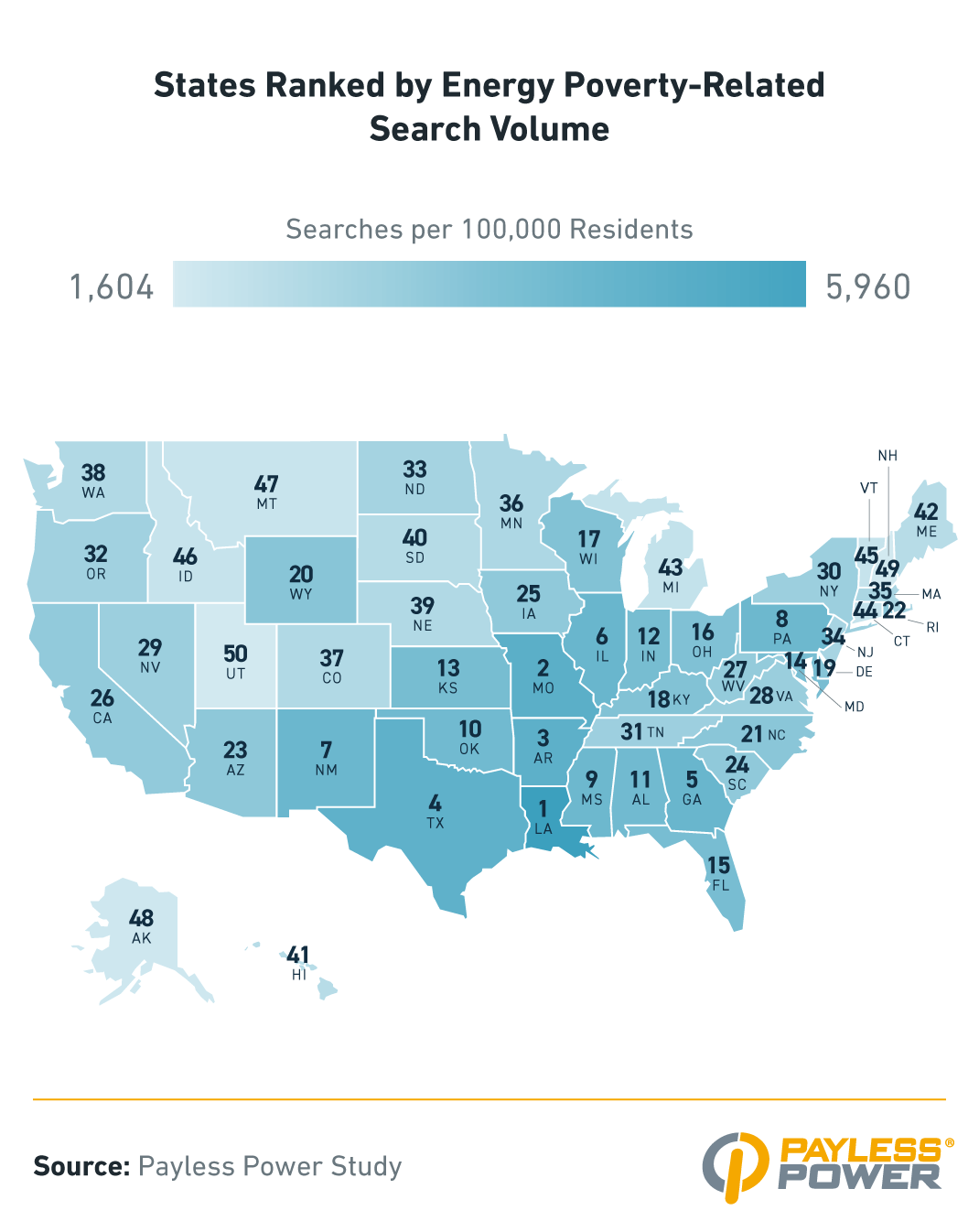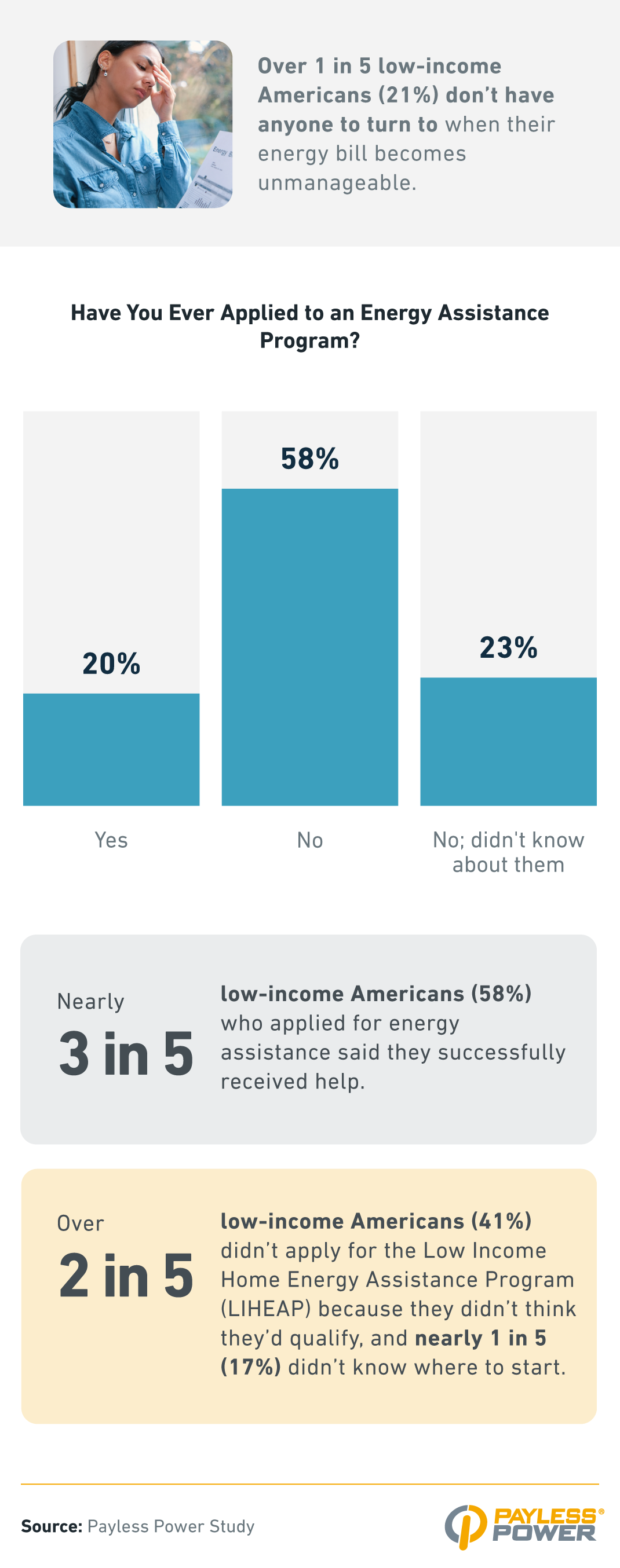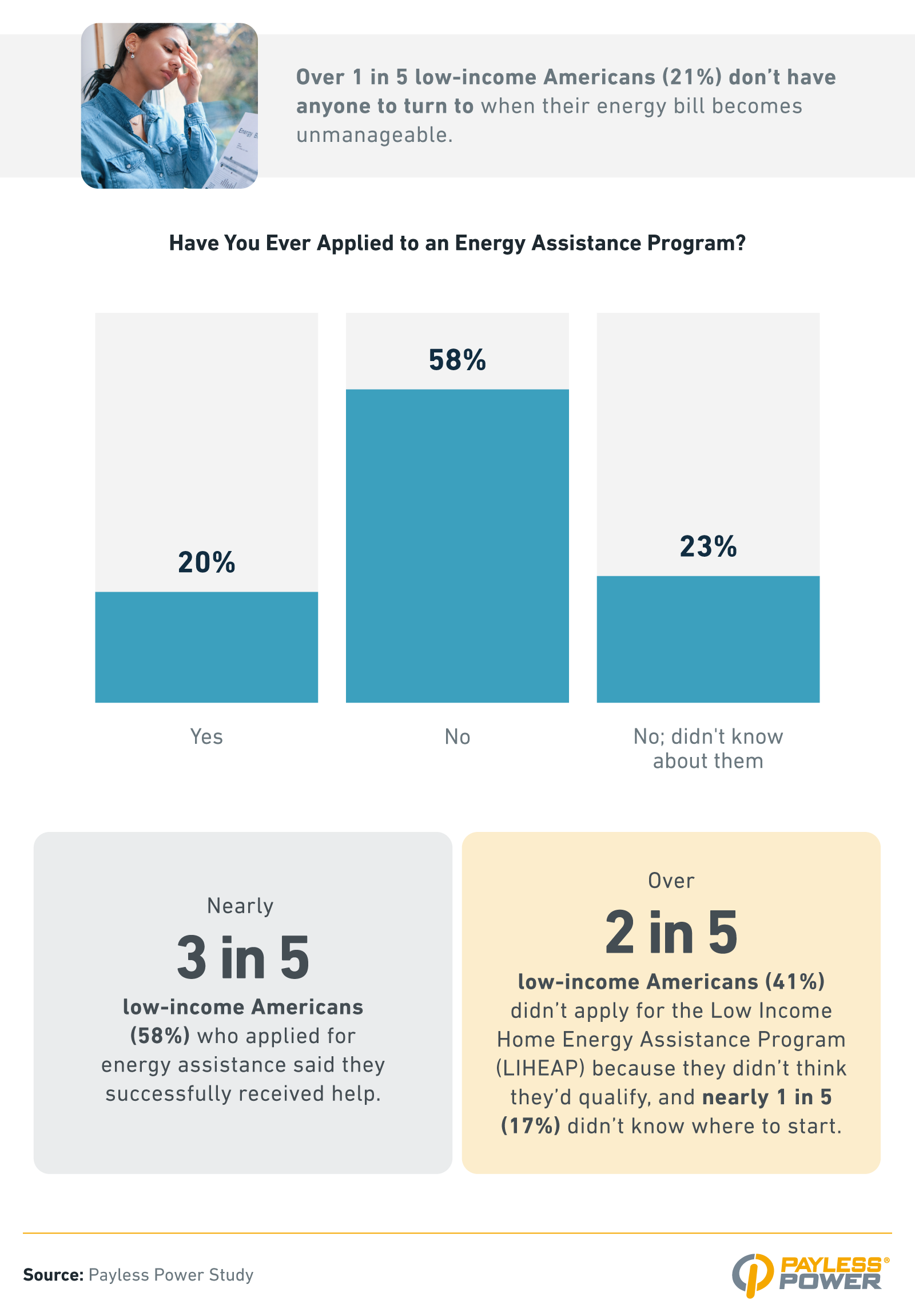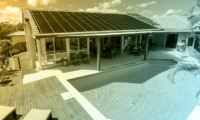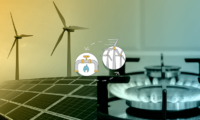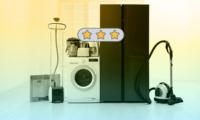Energy Poverty in the US: How Many Households Are Choosing Between AC and Other Essentials?
When electricity becomes a luxury rather than a basic need, it’s a sign of a growing crisis. Across the US, many households are being forced to make impossible decisions, like whether to cool their homes or buy groceries. This study from Payless Power highlights the emotional and financial stress low-income Americans are facing due to rising energy costs. Through surveys and search data analysis, the research uncovers just how deep energy poverty runs and where the need for support is greatest.
Key Takeaways
- Nearly 3 in 5 low-income Americans (57%) are experiencing energy poverty, a condition where households can’t afford essential energy needs without sacrificing basics like food or medicine.
- Over 2 in 5 (42%) spend 10% or more of their monthly income on energy bills.
- Nearly 1 in 5 (19%) have gone without power because they couldn’t afford to pay their bill.
- Nearly 1 in 3 low-income Americans (31%) have delayed or skipped buying essentials like food, medication, or hygiene products to afford their energy bill.
- Over 2 in 5 low-income Americans (41%) didn’t apply for LIHEAP because they didn’t think they’d qualify, and nearly 1 in 5 (17%) didn’t know where to start.
Who’s Being Hit Hardest by Energy Poverty?
Even though the cost of electricity affects everyone, low-income families are carrying the heaviest burden.
Over half of low-income Americans (57%) are facing energy poverty. This means that they experienced at least one of the following in the past year:
- Skipping heating or air conditioning
- Receiving a disconnection notice
- Having their electricity shut off
- Sacrificing basic needs like food or medicine to pay an energy bill
Energy poverty is more common among younger Americans, with 60% of Gen Z and 59% of millennials in low-income households struggling to meet basic energy needs. Gen X and baby boomers reported lower but still significant rates at 56% and 48%, respectively.
For many, the energy costs take a major chunk out of their income. About 2 in 5 (42%) said they spend 10% or more of their monthly income on energy bills. Almost a third (31%) had delayed or skipped buying essentials like food, medication, or hygiene products just to afford their energy bill. And nearly 1 in 10 (8%) said they postpone paying their utility bill every month because they simply can’t afford it.
Electricity shutoffs due to nonpayment occurred for 19% of low-income Americans in the past year. Millennials were the most likely to lose power (22%), followed by Gen X (20%), Gen Z (17%), and baby boomers (11%). More than 1 in 10 (11%) went without power for 1–3 days.
Due to energy insecurity, 65% of low-income individuals felt increased stress or anxiety. Others dealt with physical issues such as sleep problems (44%) and illness from extreme temperatures (10%), while 21% felt ashamed or depressed by their living conditions. A quarter (25%) also endured unsafe or unhealthy indoor temperatures to keep bills low.
Energy Poverty in Texas
The situation appears even more dire in Texas. More than 3 in 5 low-income Texans reported living in energy poverty, and 28% had experienced a power shutoff in the past year. Almost a third said they kept their home at a temperature that felt unsafe or unhealthy because of energy cost concerns.
Power shutoffs due to unpaid bills hit some Texas cities especially hard. In the Houston metro area, 30% of low-income residents lost electricity over nonpayment, followed closely by 28% in Austin. San Antonio saw 18% affected, while Dallas–Fort Worth had a lower rate at 11%.
Searching for Help With Energy Bills
Search behavior online reveals which communities are most actively seeking help with electricity bills and energy assistance programs.
People in the South and Midwest showed the highest levels of need. Louisiana, Missouri, Arkansas, Texas, and Georgia topped the list of states searching for energy poverty-related terms like “help paying the electric bill” and “energy assistance program.”
At the city level, the highest anxiety or awareness around energy insecurity appeared in:
- Atlanta, GA
- Baltimore, MD
- Minneapolis, MN
- Kansas City, MO
- Washington, DC
- Louisville, KY
- Tampa, FL
- Fresno, CA
- Philadelphia, PA
- El Paso, TX
We also looked at search data across 25 metro areas in Texas. Based on per-capita search volume, the top 10 cities searching for energy poverty-related terms were:
- Killeen
- Waco
- El Paso
- Houston
- Dallas
- Pasadena
- Amarillo
- Carrollton
- Fort Worth
- McAllen
In contrast, Utah, New Hampshire, Alaska, Montana, and Idaho showed the least search activity. Online searches not only reflect concern but also point to where education and outreach efforts could have the most impact.
The Gap Between Need and Assistance
Even when help is available, many Americans don’t feel equipped to ask for it.
When facing an unaffordable energy bill, 1 in 5 reported having no one to turn to. Energy assistance programs could offer a lifeline, but many aren’t sure where to begin or whether they’re even eligible, leaving them without a clear path to relief.
Among those who didn’t apply for the Low Income Home Energy Assistance Program (LIHEAP), 41% assumed they wouldn’t qualify, and 17% didn’t know how to get started. On top of that, 60% said energy assistance programs are too difficult to understand. In Texas, the confusion runs just as deep. Half of low-income residents said these programs aren’t accessible or easy to navigate, and 18% weren’t even aware such help exists.
Trust in energy providers is another hurdle. Sixty percent of low-income Americans questioned whether their local energy rates are fair or transparent. Nearly 1 in 5 (19%) said they had no confidence that their provider would work with them on a payment plan if they fell behind.
While fewer Texans felt this way overall (7%), concerns were still present in major cities: 11% of low-income residents in both the Dallas–Fort Worth and Houston metro areas expressed doubt in provider support, compared to 6% in Austin.
Bringing Light to Energy Poverty Solutions
Energy poverty affects many low-income Americans, forcing many to choose between keeping the lights on and covering basic needs. From skipped meals to unsafe indoor temperatures, the trade-offs are real and often painful.
But there’s hope. By making energy assistance programs easier to access and understand, and by building more trust between providers and communities, we can help ease the burden for those who are struggling the most. Everyone deserves to feel safe and comfortable in their home without sacrificing their health or well-being to do it.
Methodology
We surveyed 800 Americans and 200 Texans in low-income households to uncover the emotional and financial toll of energy insecurity in the US. The average age was 39; 60% were female, 38% were male, and 2% were non-binary. Generationally, 8% were baby boomers, 28% were Gen X, 38% were millennials, and 27% were Gen Z. Due to rounding, percentages may not total 100 in this study.
We also analyzed Google Trends search volume data from January 2024 to April 2025 to identify the US cities and states showing the highest levels of concern related to energy poverty. Our analysis included 154 energy poverty-related terms. We tracked these trends across all 50 states, 50 of the most populous cities, and 25 Texas cities. To ensure reliability, only keywords showing a consistent upward trend during the study period were included. We then ranked the top trending searches per location using a per capita adjustment to spotlight significant deviations in search interest.
About Payless Power
Payless Power provides affordable electricity plans to Texans, including no-deposit and prepaid options designed to give customers greater control over their energy use and budget. With a focus on accessibility and flexibility, Payless Power helps households stay powered, no matter their financial situation.
Fair Use Statement
This content may be shared for noncommercial purposes with proper attribution. If you use any information from this article, please include a link back to Payless Power.
What our customers are saying
See why our power customers say we're the best electricity provider in Texas!
I was worried about getting electricity for my home through a prepaid company. I was calling around to see different rates then going through all the hassle of credit checks while dropping points each…
I have been with this company for several years and have been very happy since. Even when I moved, they made my usually stressful situation very easy and carefree. I recommend them to everyone that I…
I have enjoyed the service for 2 years now. In the beginning this service was planned to be temporary but with the service being so effective for me i decided to keep it for the long haul. I’m a happy customer.

